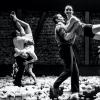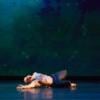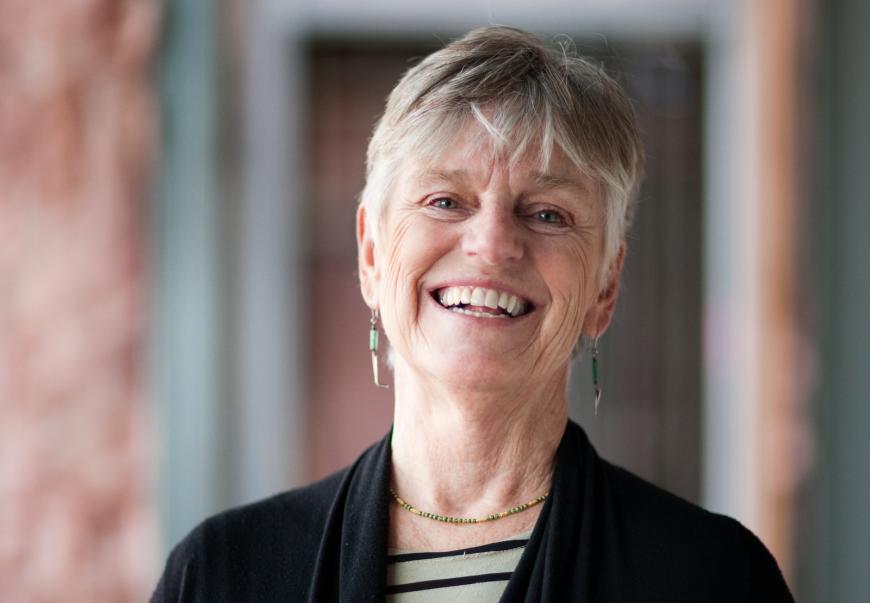
Modern dance troupes still going strong at 50 years, especially under the same founder/director, are rare, to say the least. But San Francisco-based ODC/Dance Company, established in 1971 by Brenda Way, continues to be a terpsichorean force. Indeed, in the last half century, the company’s dancers have performed for more than two million people in 41 states and 13 countries, and now stages its imaginative repertory for more than 50,000 people annually.
To celebrate the anniversary year, a number of events are taking place, including ODC/Dance Downtown series, which runs through April 10 and features works by Way and world premieres by guest choreographers, as well as a number of community happenings, a site-specific work and the two-week State of Play Festival, one that showcases new and developing works.
Hailed for its rigorous technique and groundbreaking collaborations, as well as its commitment to accessibility and inclusive dance experiences for community members, ODC is also a pioneering contemporary arts institution: It was the first modern dance troupe to build its own home facility in 1979 and, in 2005, its expansion included ODC Dance Commons, home to ODC/Dance, ODC School and partner Rhythm & Motion Dance Program. The 2010 renovation added a theater with year-round presenting and mentorship programs, more rehearsal studios, offices, technical capacity, and a café.
At the helm of it all has been — and continues to be — Brenda Way. She received her early training at the School of American Ballet and Ballet Arts in New York City. Decamping for Ohio’s Oberlin College and Conservatory of Music, Way founded a 16-person troupe in 1971, Oberlin Dance Collective — ODC. Relocating to the Bay Area five years later, Way has been unstoppable in her vision ever since, along with Kimi Okada, a founding member, who has also been the school’s director since 1996 and is the organization’s associate choreographer, and ODC Fellow KT Nelson. They make a dynamic trio that has keyed the company’s success.
I had a chance to catch up with Way the day after ODC/Dance had its 50-year gala at the Yerba Buena Center for the Arts. She was over the moon to be chatting about the troupe, its success, and its plans for the future.
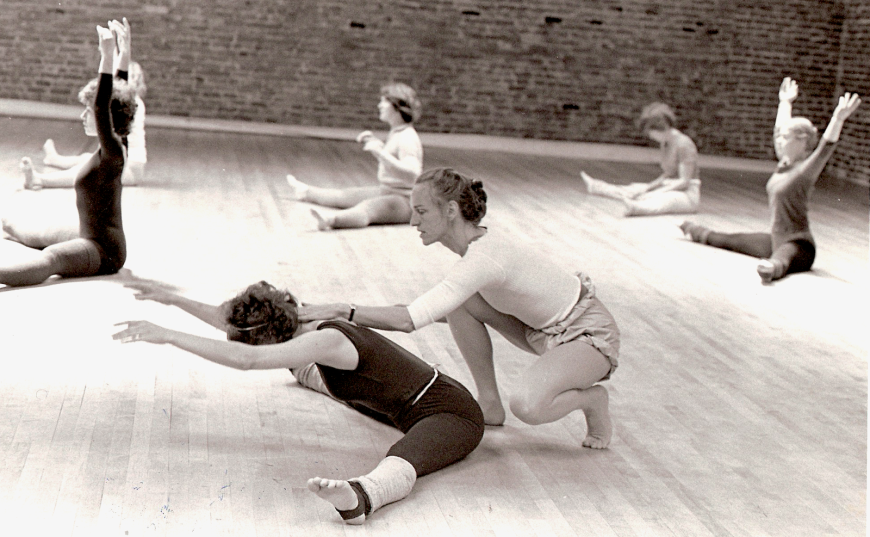
What a way to come out of COVID! But first, I’d like to ask if there was a time during the pandemic when you felt like giving it all up and how you managed to survive – both personally and professionally.
I would say I went through a lot of doubt about whether there was room in the rest of my life to try to pick it up and rebuild. But the spirit of our staff and the kind of entrepreneurial ideas they brought gave me courage. I thought, “How can we turn this into something interesting and forward-looking that gives you hope?” Now, I think we’re looking at how can we take advantage of those changes and keep them and amplify them in the program.
[Going] digital made things more accessible. We can pick up friends around the world [and] could be doing something we believe in and get it out there with very little barrier, in a way we hadn’t committed to before. I made three films for our digital program. It was an amazing experience. We put our curriculum online and our teens’ program made films that was a life saver for them. They were stuck in the nest and working with them took them out of their homes and imaginations. That was important and we’ll continue doing that.
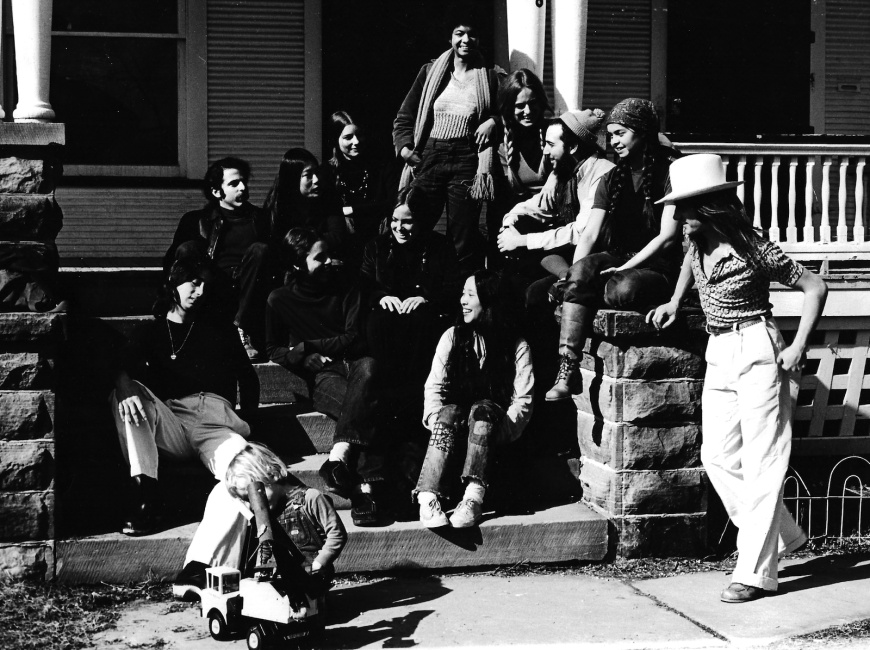
How does it feel to be celebrating 50 years as a dance company and what’s your secret in keeping it together for half a century?
Honestly, it’s hard to believe. People kept saying that last night, but I’ve never taken it in. I guess I would say the secret is don’t leave the room, put one foot in front of the other. We hired a filmmaker who made our 50 years into a six-minute film. That was the story! We didn’t have a five-year plan, we just had some good values that sustained us.
It’s also a good place to work, where people can realize their potential, and that elicits loyalty. They don’t have to leave to grow up, which is true in a lot of the dance world. What is the dance world? It’s trying to teach people to do this, to do that better. It can be an infantilizing career — that’s what I grew up in. I knew that and I acted in response to that.
I also think there’s an ethos of service that makes the art worthwhile. It takes it beyond ourselves and adds a level of satisfaction that leads to loyalty.
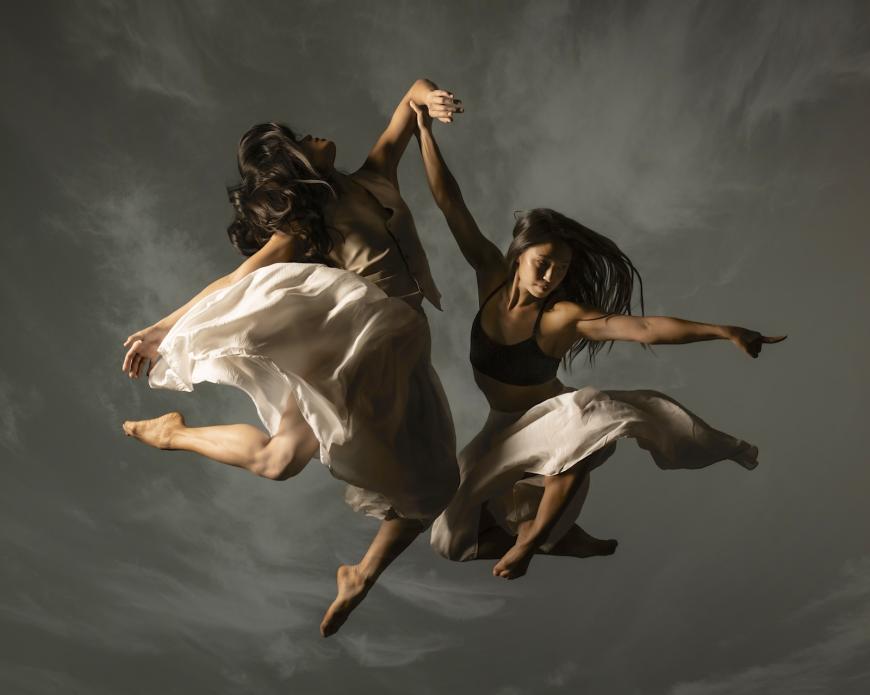
How many pieces have you choreographed and what is your process in making a work?
I’m sure it’s over 100 by now. My process? I collect titles all the time and I will find that an idea sort of percolates for a year or two before I will I act on it. I do lots of reading. I love reading and don’t know why I didn’t become a writer, but I didn’t. Big issues that move me politically are happening all the time. I gather information and at a certain point I say, “This piece is going to be the next one.”
I don’t know how it happens, but usually I’ll spend four weeks with the dancers to test the idea early on and then come back to it. Dancers are much more participatory [at ODC]. It’s not so much an improvisatory process as it is a problem-solving set and we weed through different solutions and begin to evolve a piece. It’s a very deep collaborations with the dancers. That was one of the things from the early days. If they’re growing and participating, their artistry is a significant part of the outcome: They own it and it’s more satisfying.
What do you look for in a dancer?
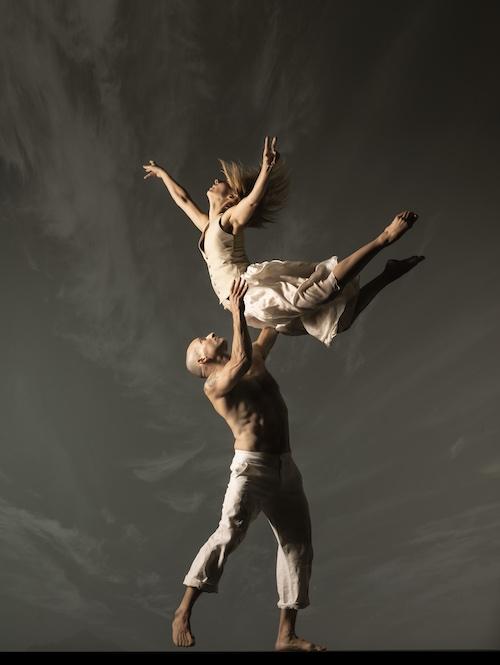
I look for intelligence, appetite, courage, and if you have a sense of humor, I like that a lot. Curiosity is a big deal. Of course, there is a baseline capacity, but it’s not a limited frame of what constitutes capacity, like in my ballet background.
I also really value being nice. It may be because of the pandemic, but this is the nicest, kindest group I can remember having. I think they’re grateful to think they can still be a dancer after dealing with two years of COVID.
This is our first moment out of the gate and I hope I can sustain the spirit, because it’s a beautiful thing. I do think how we take care of ourselves, how we can be ambitious, but thoughtful; we’ve all been thinking a lot about these things and will have a better feel for doing so.
There must be oodles, but what have some of the highlights been during the past half century?
I think the shift to owning our own place was a highlight. It allowed us to put down roots, so that was a turning point. When KT [Nelson] developed The Velveteen Rabbit about 30 years ago, that was a game-changer; that’s become an annual holiday tradition. Generations have brought their kids to this. Before COVID, one woman wrote me from London: “I’ve been seeing it since I was 6!”
When Carma Zisman came aboard as our executive director [in 2017], that was a huge shift. She’s energetic, a great leader, and experienced. I would say that the dancers, of course, they make everything change all the time in the best possible way. They keep the intellectual and artistic fire going, which is the basis for the whole thing. It’s an ongoing felicity.
Island City Waterways: Uprooted, will be performed at Alameda Point in May. It’s the third in a series of site-specific performances that celebrate the history of Alameda’s waterfront. It’s got a cast of 35 actors, dancers, and musicians that takes the audience on a journey from peace to war, from boot camp to a World War II internment camp. What was the genesis of this piece and what’s your attraction to site-specific works?
We are doing this piece as a response to Rhythmix [Cultural Works] and have been doing site specific works in Alameda for many years. [Co-founding member] Kimi’s mother had written terrific letters from an internment camp at Tule Lake and I’d been interested in using them. This opportunity came up and we’re collaborating to do that.
We’ve always had some dimension of site-specific choreography. It started at Martha’s Vineyard where we built a stage in the dunes. I’ve loved the fact that there was some other offbeat, non-conventional place to explore our art form. This time it’s a very personal effort, as well. People gathered at a naval base that was a bus stop for the internees to gather. It’s a long and complicated history there and we’re in the midst of coming up with the shape of that performance.
Where do you see the company in the next five to 10 years?
To tell you the truth, since I’ve never worked on thinking hugely ahead, I just hope I can help it get back and stay on its feet. Who knows what this audience coming up wants, what they need. What’s the appetite going to be — for anything? That remains to be seen. Does anyone go to the movies anymore? What I hope is that we can be responsive and not afraid to change if we need to, but hold onto the things we hold valuable, and keep proposing it to the public if we think it’s worth it.
Okay, so here’s the obvious: You’re 79 now and wear it proudly. What about the ‘R’ word — retirement — and is there anything you haven’t done that you would like to do?
Of course, I’m going to have to retire at some point, though they might have to carry me out. I really want to work hard to help — what should I say — stabilize and “refind” our place, whatever that is. Not that we’ve lost it, but all the arts lost time and they lost their place in our culture. I want to focus on that. And I certainly haven’t done that before. Who’s going to be interested in the arts? I want to be part of the quest to find the next iteration, but I won’t fail for lack of trying.
Program B:
Investigating Grace (1999) by Brenda Way
No Alibi (world premiere) by Amy Seiwert
Thursday, April 7 at 7:30 p.m.
Friday, April 8 at 7:30 p.m.
Saturday, April 9 at 7:30 p.m.
Sunday, April 10 at 3 p.m. (Balcony Talk at 2 p.m.)
All concerts are at the Blue Shield of California Theater at YBCA
700 Howard Street
San Francisco, CA 94103
Tickets are $25 – $150
To purchase tickets online visit odc.dance/downtown or call the box office at (415) 863-9834.


